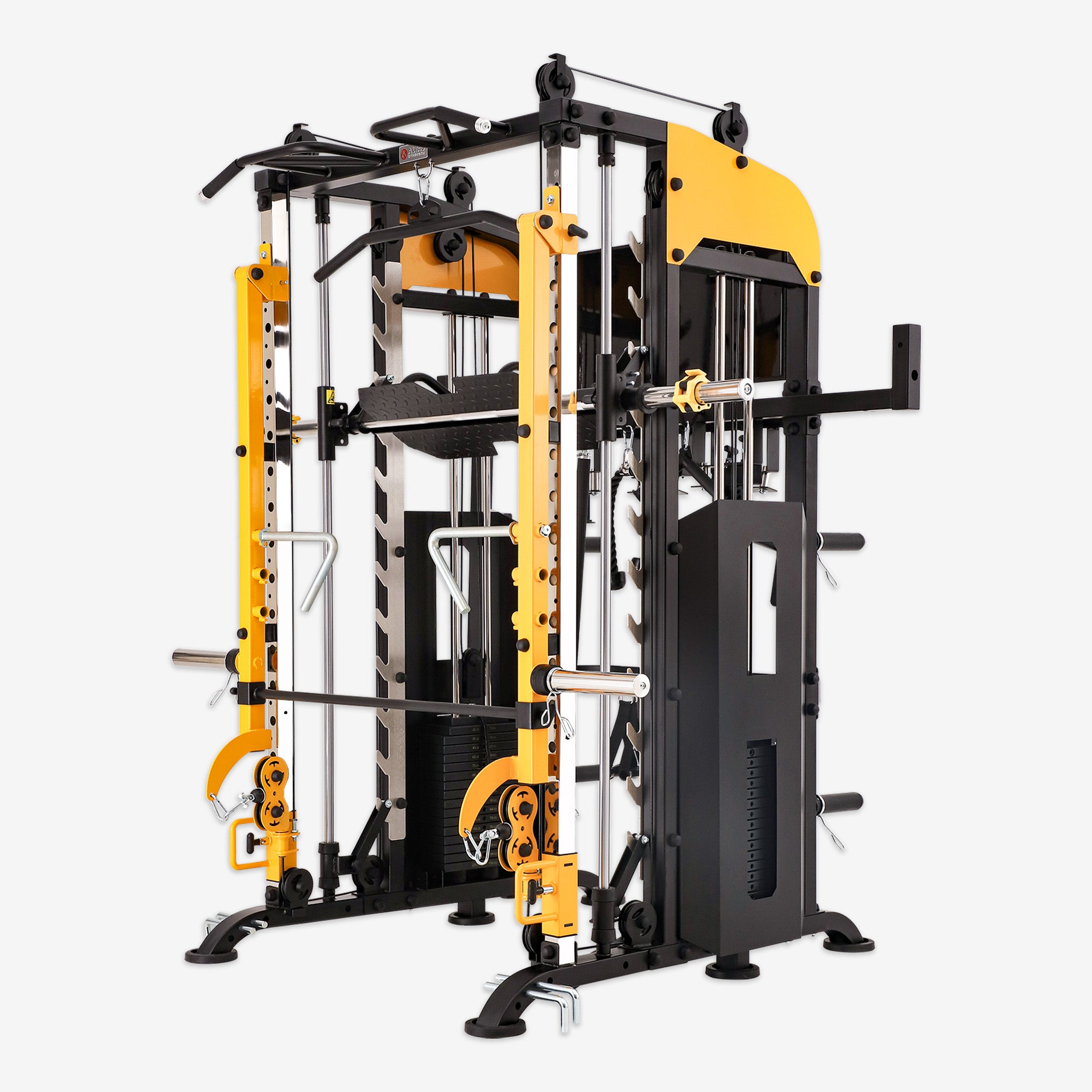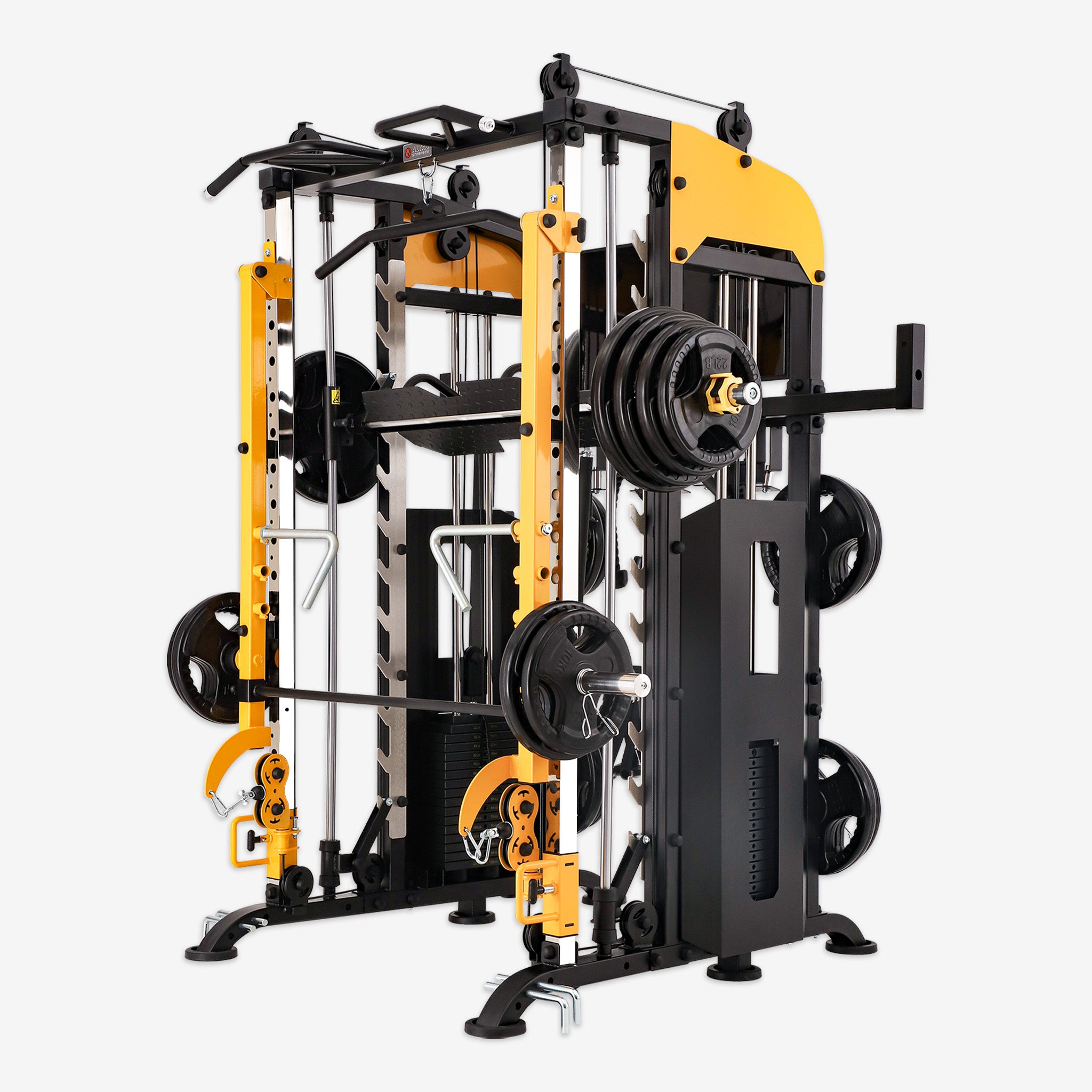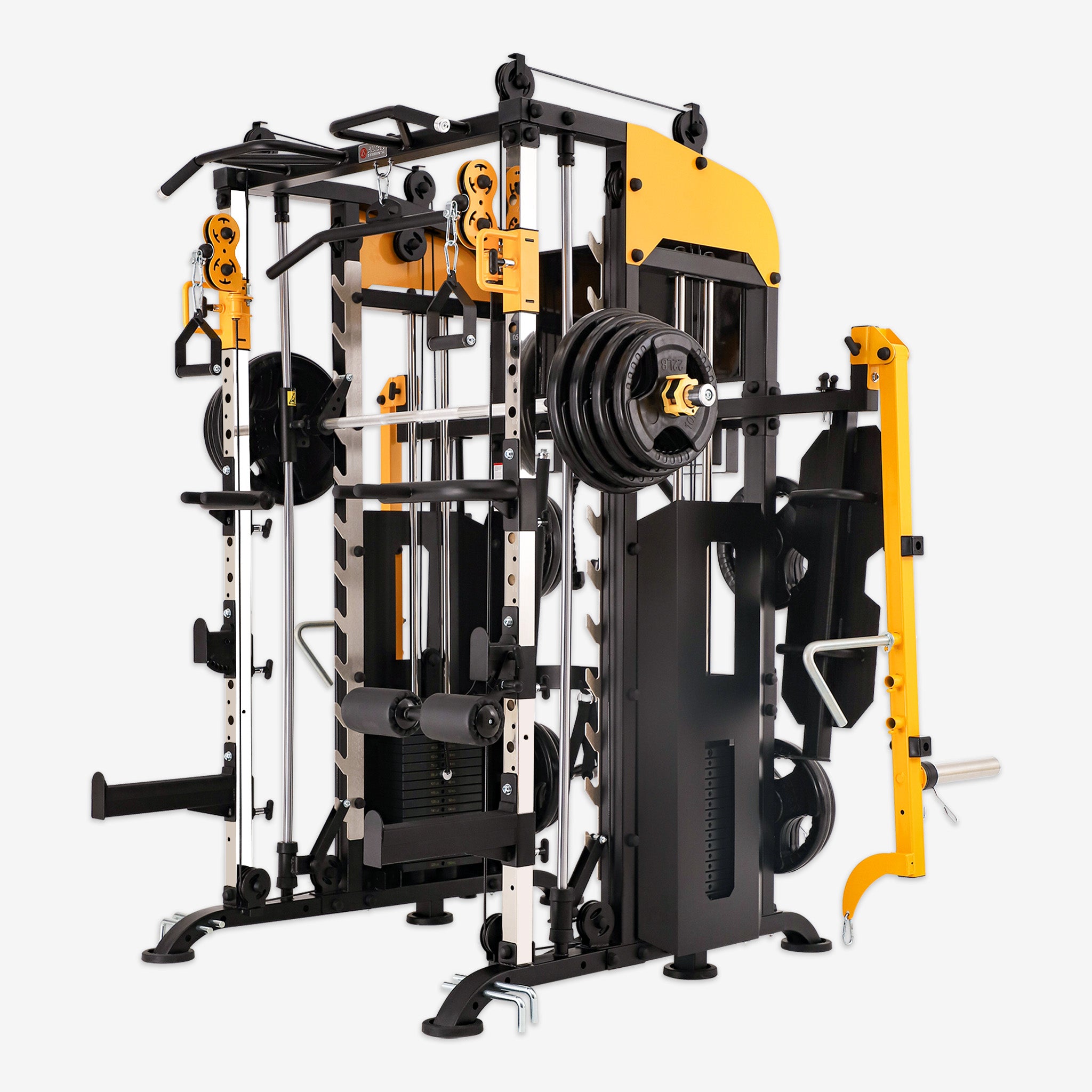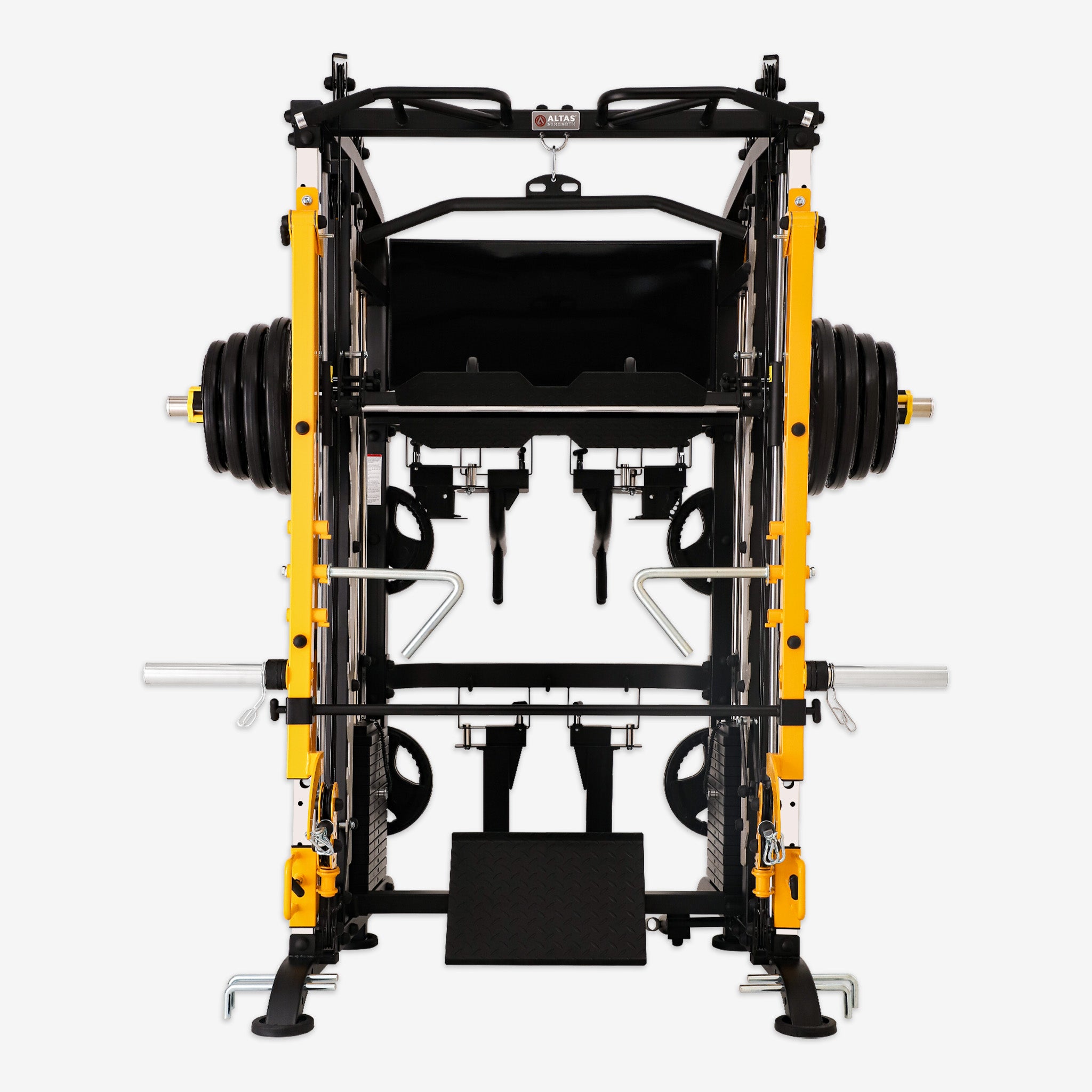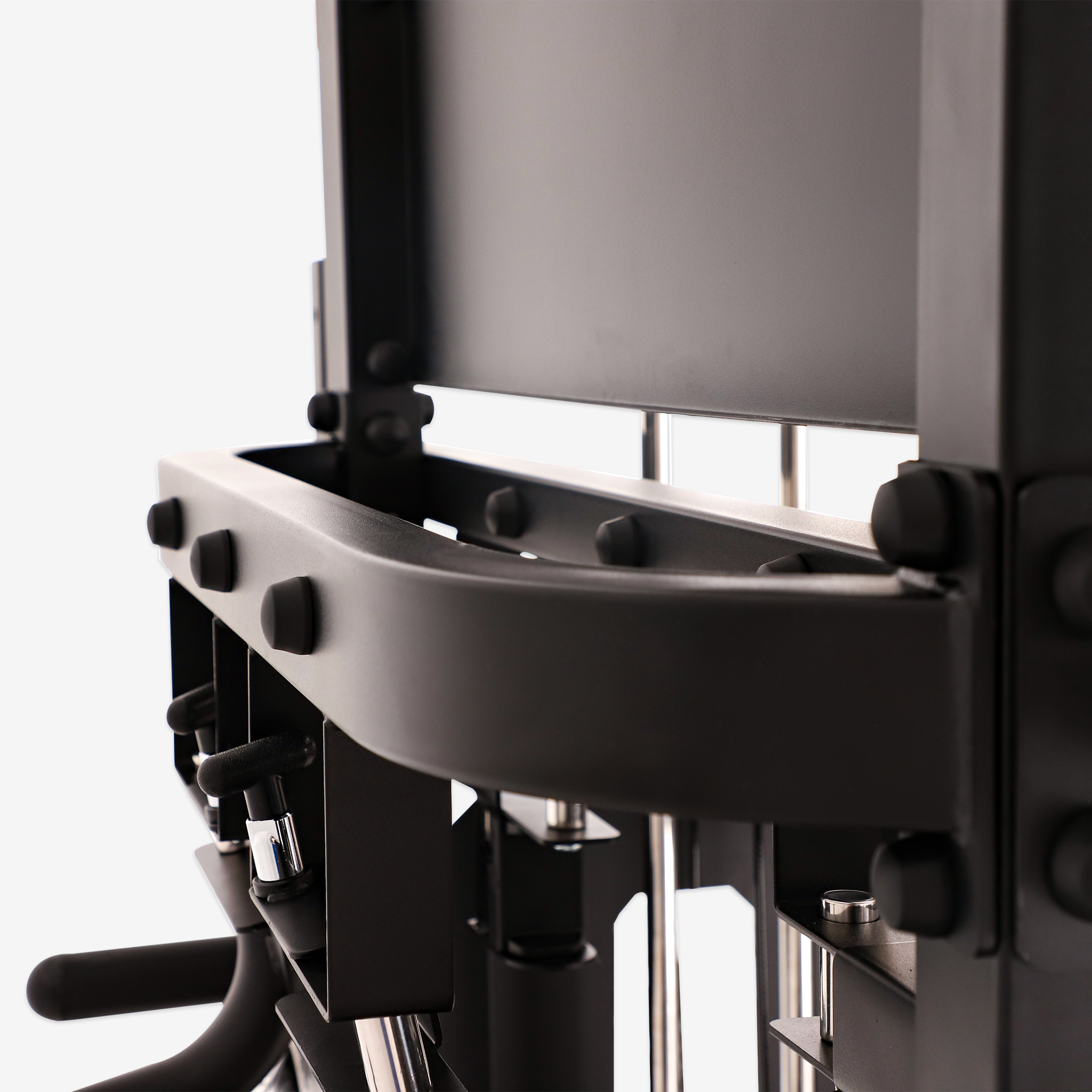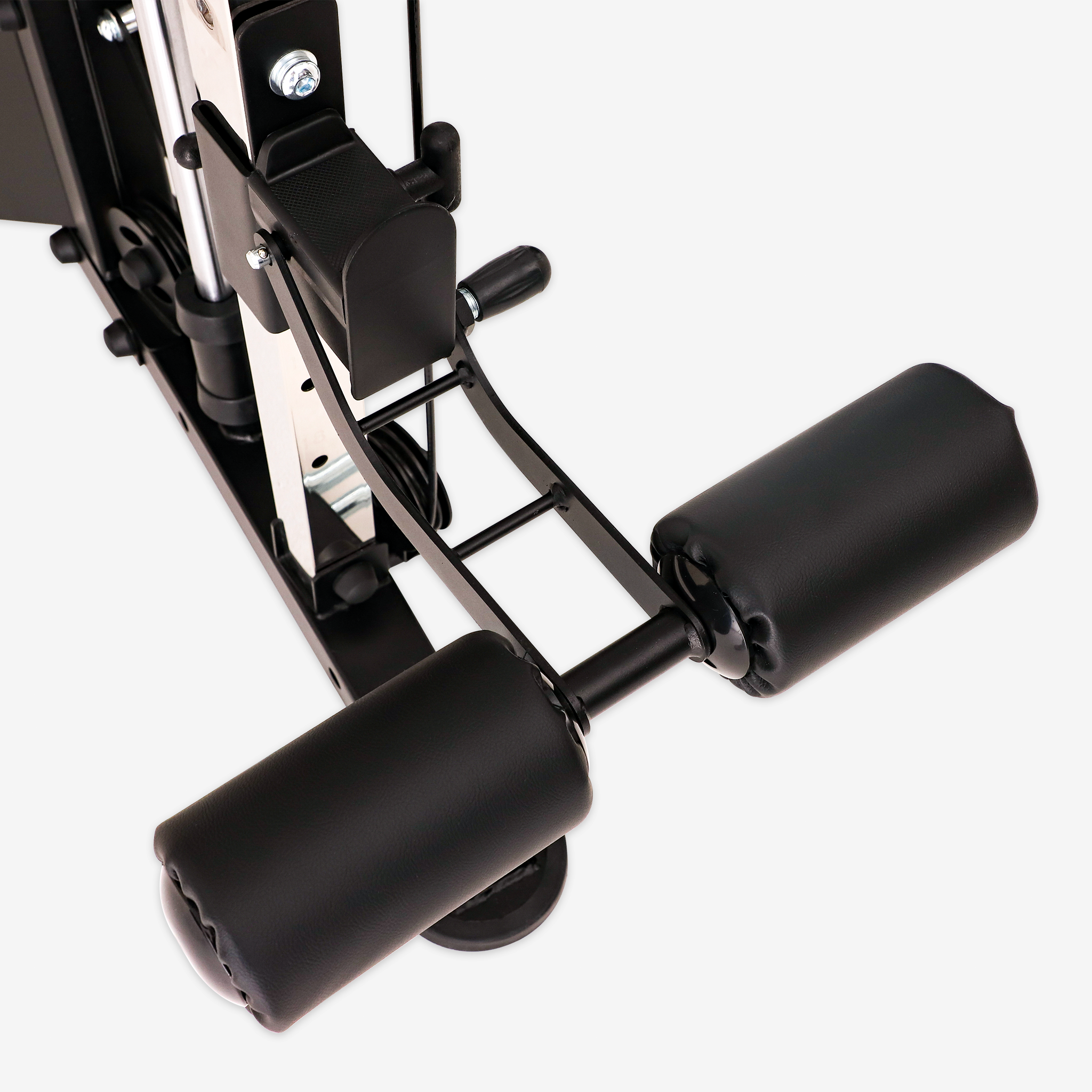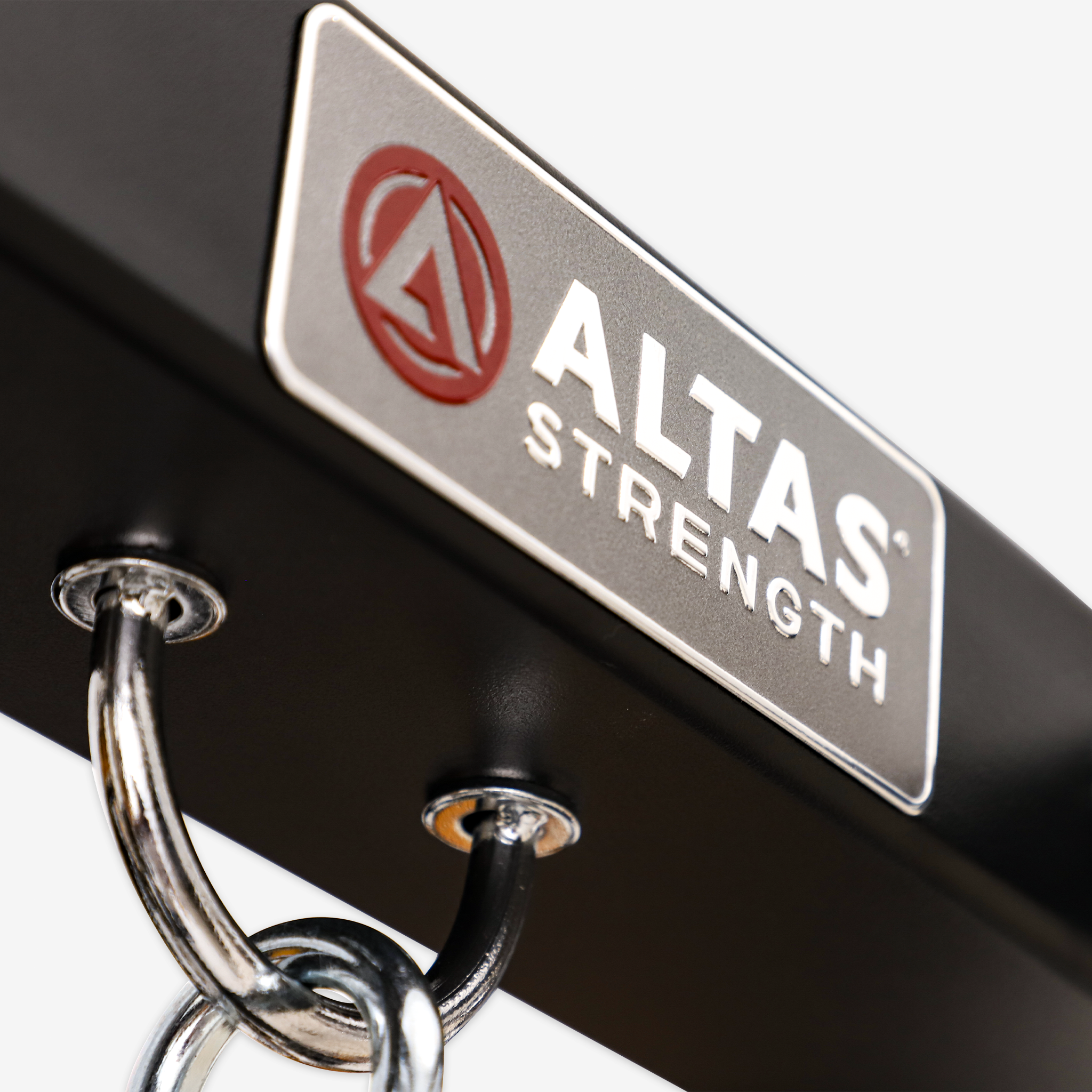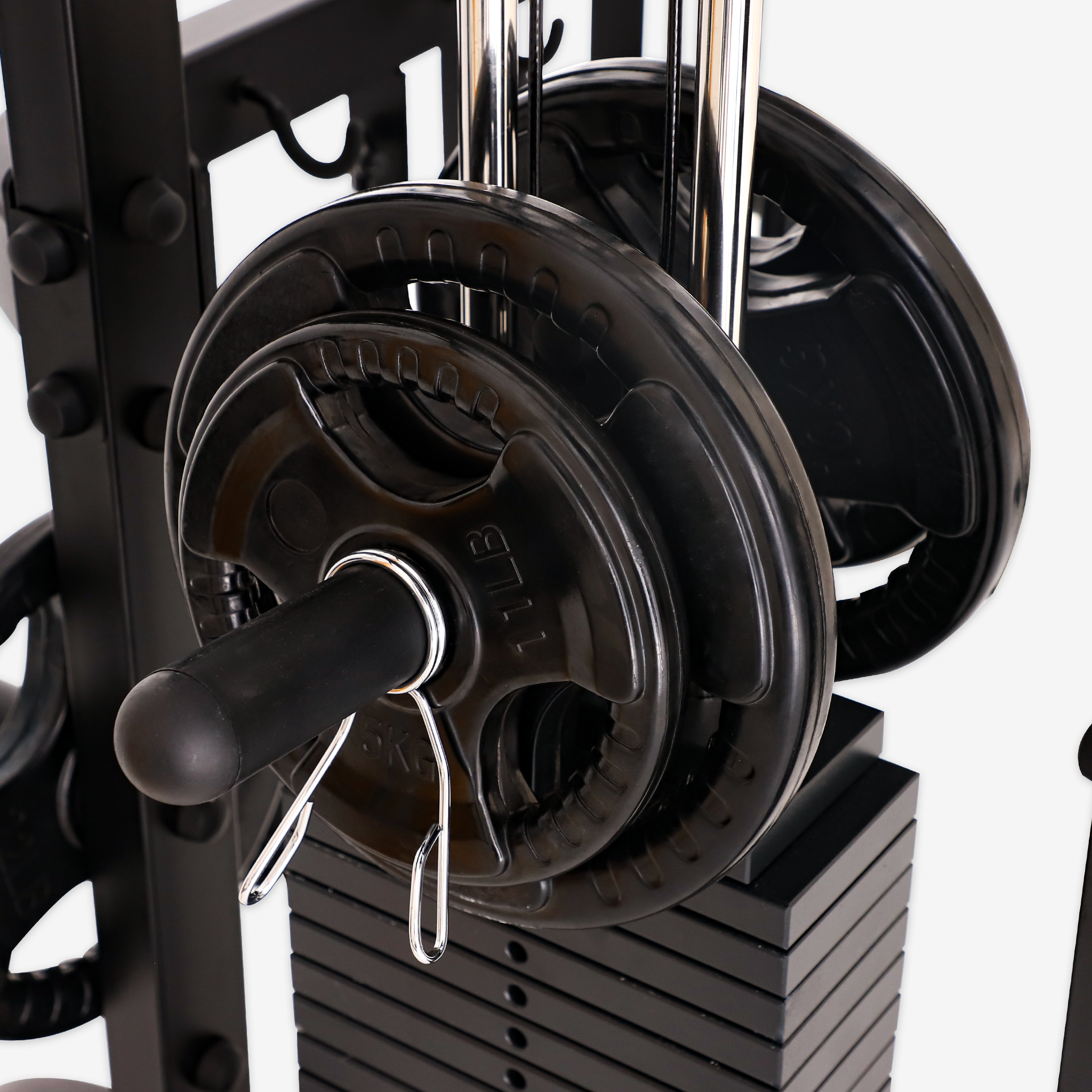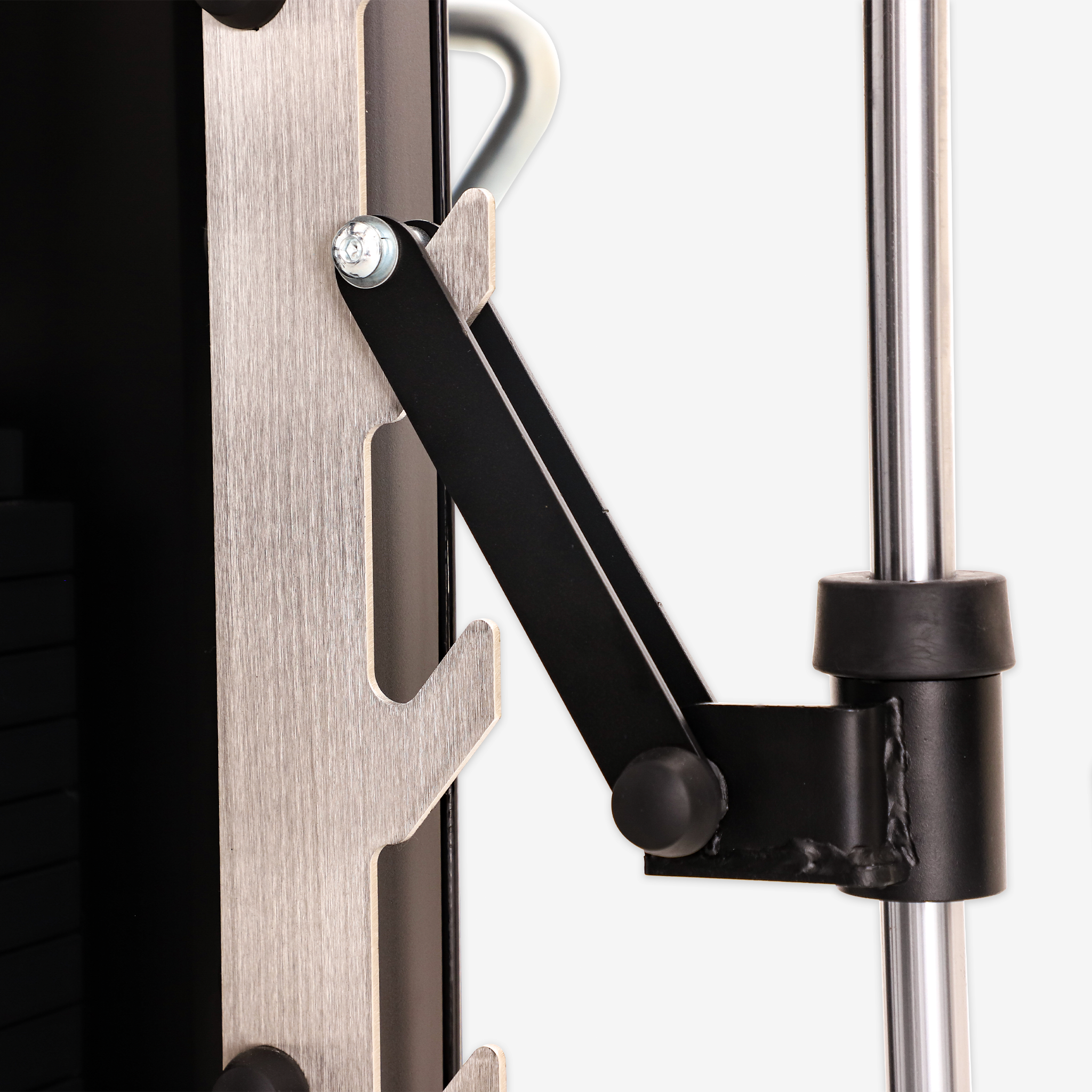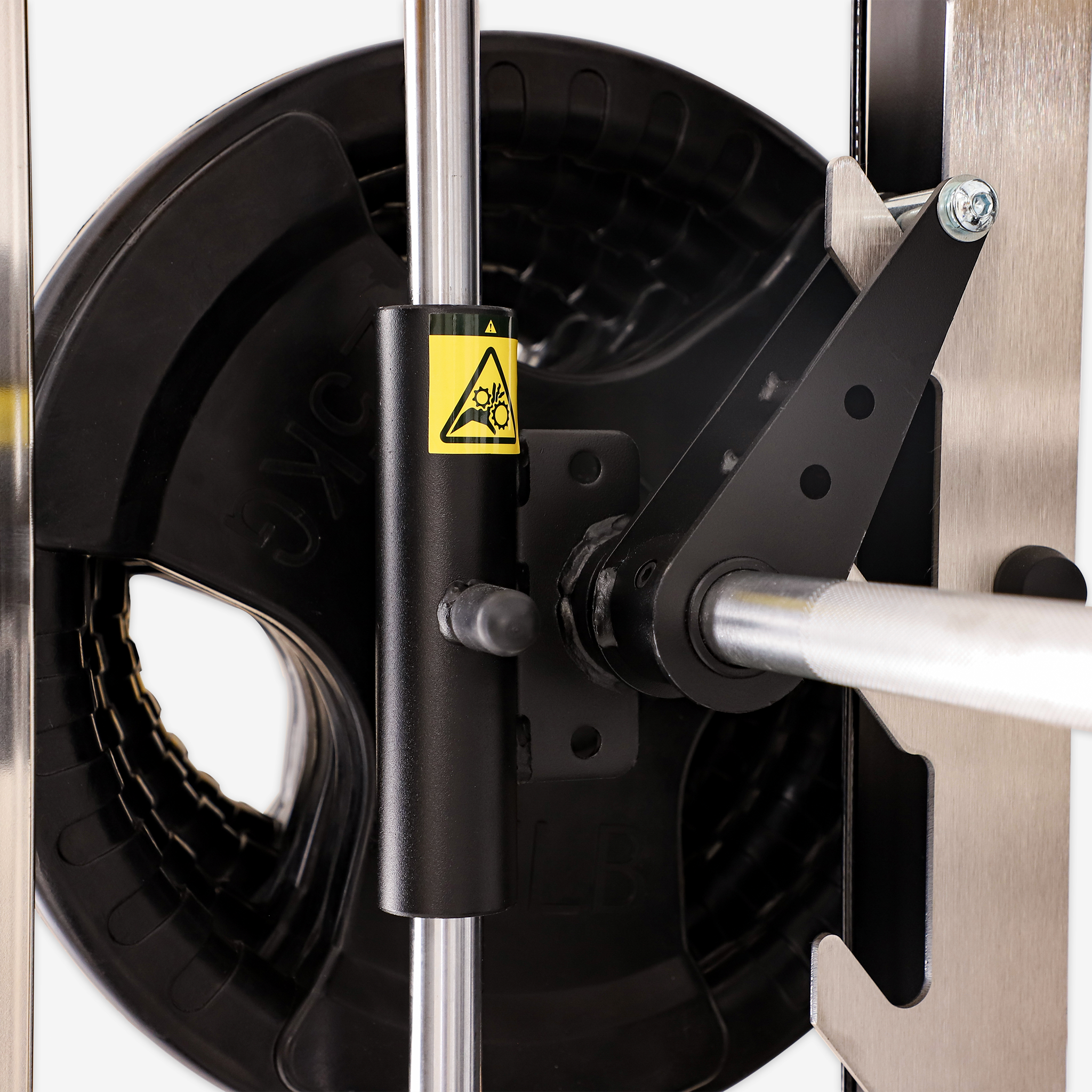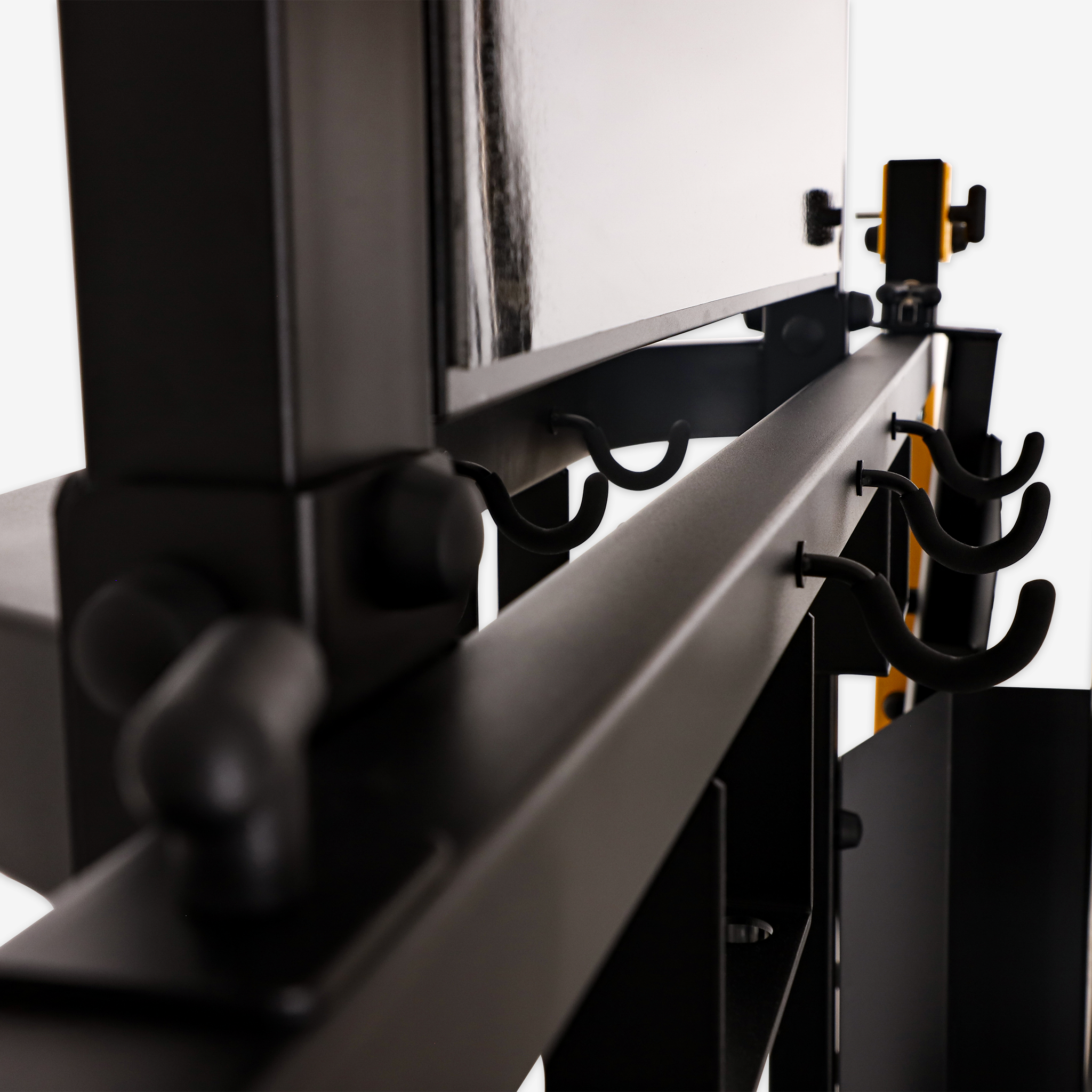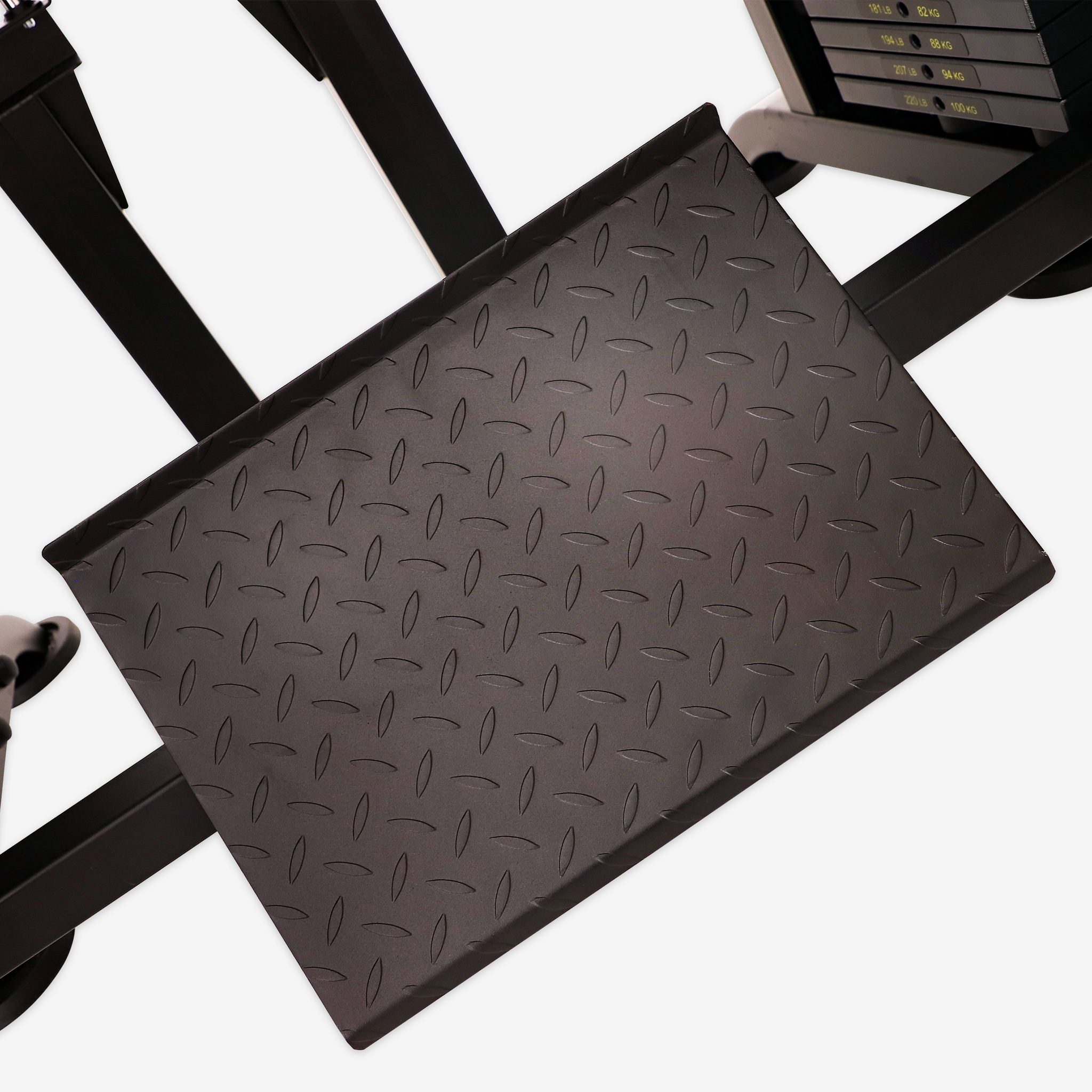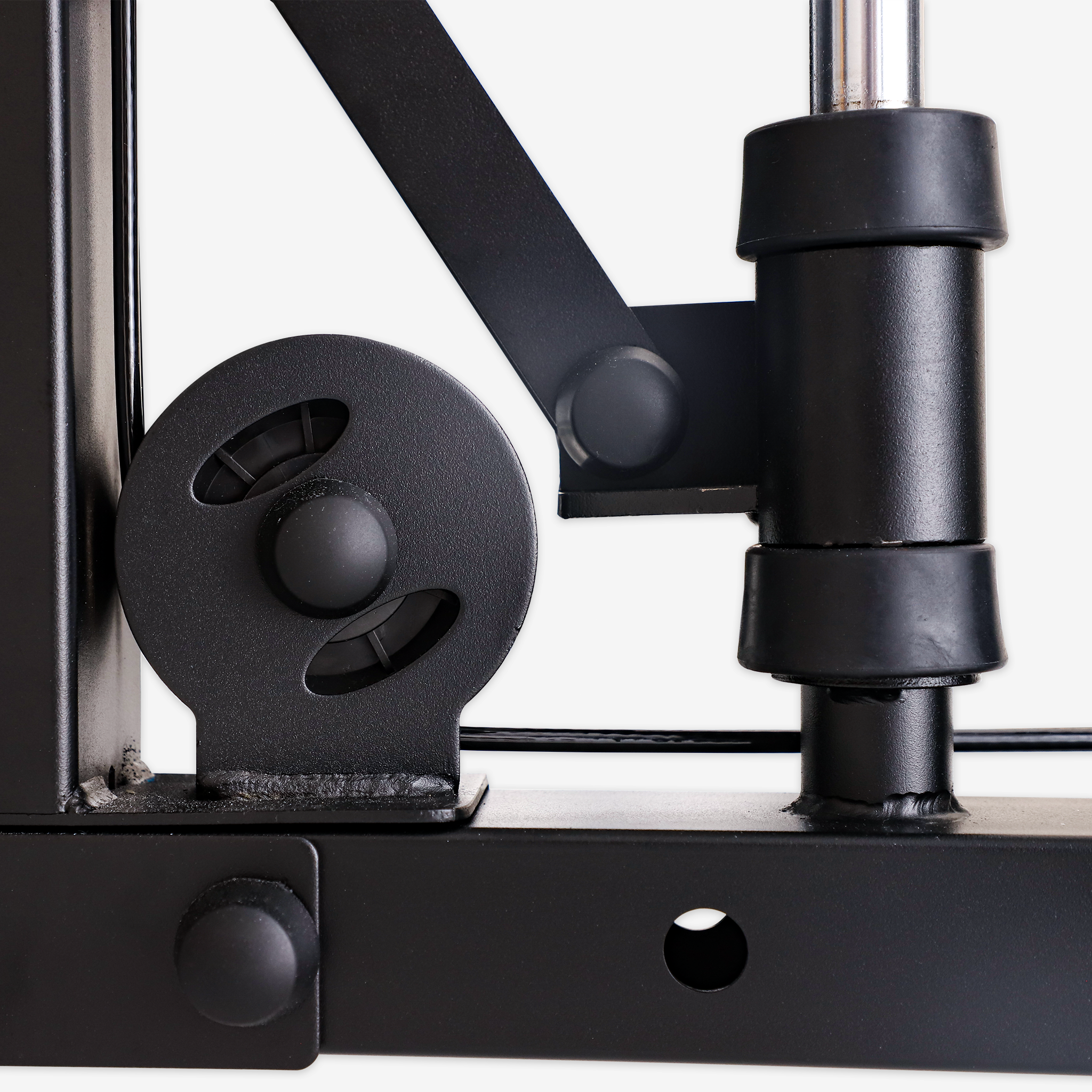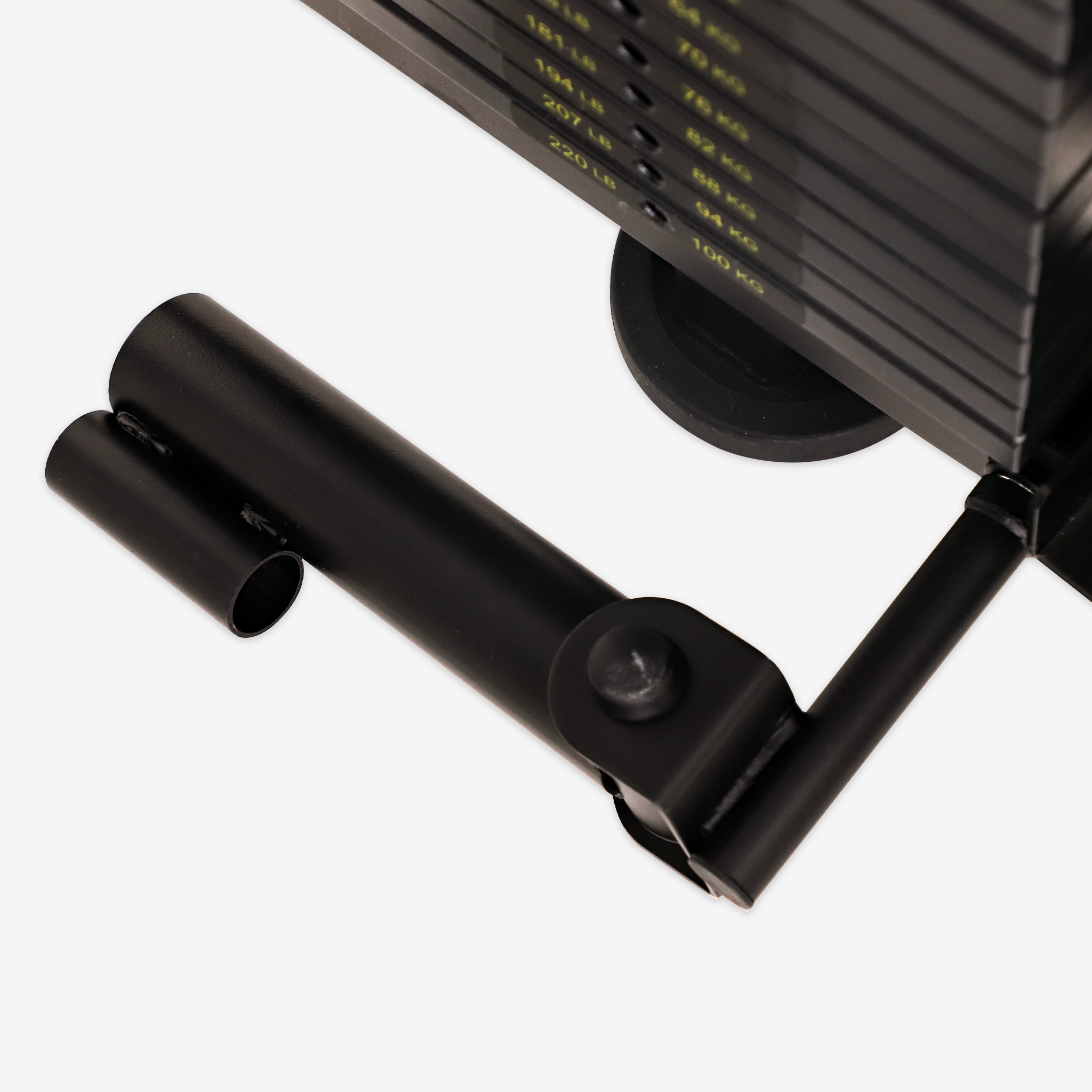Smith machines are versatile strength training tools suitable for fitness enthusiasts of all levels. With proper guidance and effective training methodologies, individuals can enhance muscular strength, improve athletic performance, and elevate overall physical well-being. Always prioritize safety in training sessions, as it is fundamental to achieving optimal training outcomes. This guide will walk you through the essentials of using a Smith machine to maximize your workout benefits.
1. Preparation and Warm-Up
Before engaging in Smith machine training, ensure your body is adequately prepared. Wear form-fitting athletic attire to avoid any movement restrictions. Start with warm-up exercises such as jogging, skipping rope, or dynamic stretching to elevate your heart rate and activate the muscle groups you will be working on.
2. Selecting the Appropriate Weight
Choosing the right weight is crucial for an effective workout. Weight that is too light won't challenge your muscles, while weight that is too heavy can lead to injuries. Aim to select a weight that allows you to perform 8-12 repetitions within a controlled range. This balance will help you build strength safely and efficiently.
3. Familiarize Yourself with the Apparatus
Before starting your workout, take time to acquaint yourself with the Smith machine's movement trajectory and structure. Ensure the barbell travels smoothly along the guide rails and that the unloading bar is positioned correctly.
4. Adjust the Seating and Barbell Positions
Proper adjustment of the seat and barbell is key for effective training. Align the seat height with your legs and back, and adjust the lever height so that your eyes, shoulders, and toes form a straight line. This alignment ensures you maintain proper form and reduce the risk of injury.
5. Maintain Correct Posture
Maintaining an erect posture is essential during Smith machine exercises. Keep your chest elevated and shoulders depressed. This foundational stance should be maintained throughout your workout to ensure you are performing movements correctly and safely.
6. Action Phase
- Descending Action: Take a deep breath while gradually lowering the weight to your chest, keeping your shoulders retracted.
- Pause: At the lowest point of the movement, maintain proper posture and hold for a brief moment.
- Ascending Action: Inhale deeply, then vigorously push the weight back to the starting position.
- Release: At the peak of the movement, release all tension to prevent muscle overload.
7. Control the Intensity
Lifting and lowering movements should be smooth and controlled, not sudden. This approach protects your joints and muscles, reducing the risk of injury.
8. Breathing Techniques
Proper breathing is paramount. Inhale to enhance strength during lifting and exhale to facilitate controlled movement when lowering the weights. Maintaining a smooth breathing rhythm helps uphold stability and control.
9. Execute the Appropriate Action Cycle
Understanding and adhering to the correct movement cycle (typically "eccentric-concentric-isometric") is crucial for joint protection and optimizing muscle contraction. This cycle ensures your muscles are worked to their fullest potential.
10. Suggestions and Additional Tips
- Avoid prolonged heavy weight usage on the same muscle groups to prevent overuse injuries.
- Periodically inspect the Smith machine for stability and ensure the rails are free from wear or damage.
- As a novice, seek guidance from a seasoned coach to help you avoid common pitfalls and use the Smith machine correctly.
Conclusion
Smith machines offer a robust platform for strength training, catering to both beginners and advanced fitness enthusiasts. By following these guidelines and prioritizing safety, you can effectively enhance your muscular strength and overall fitness. Remember, the key to successful training is consistency, proper form, and a well-structured routine. Start incorporating Smith machine exercises into your regimen today and experience the benefits of this versatile equipment.




